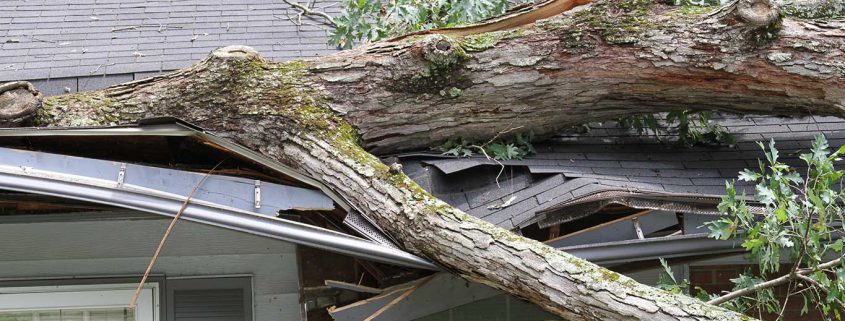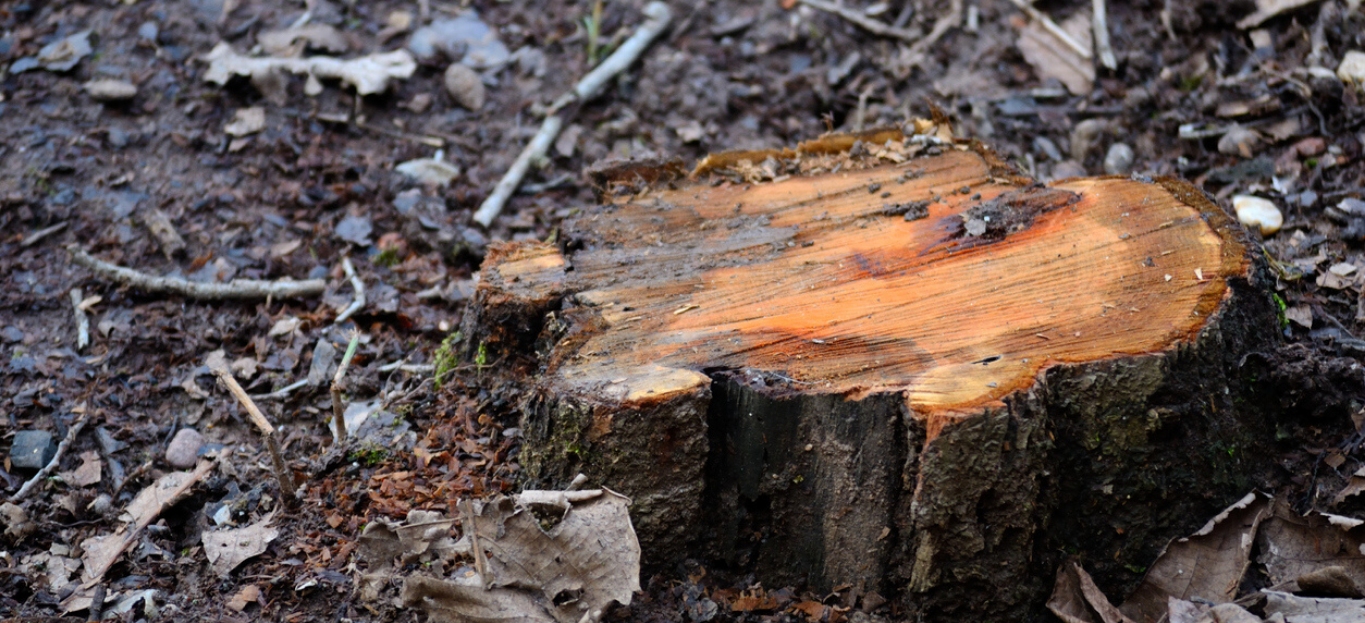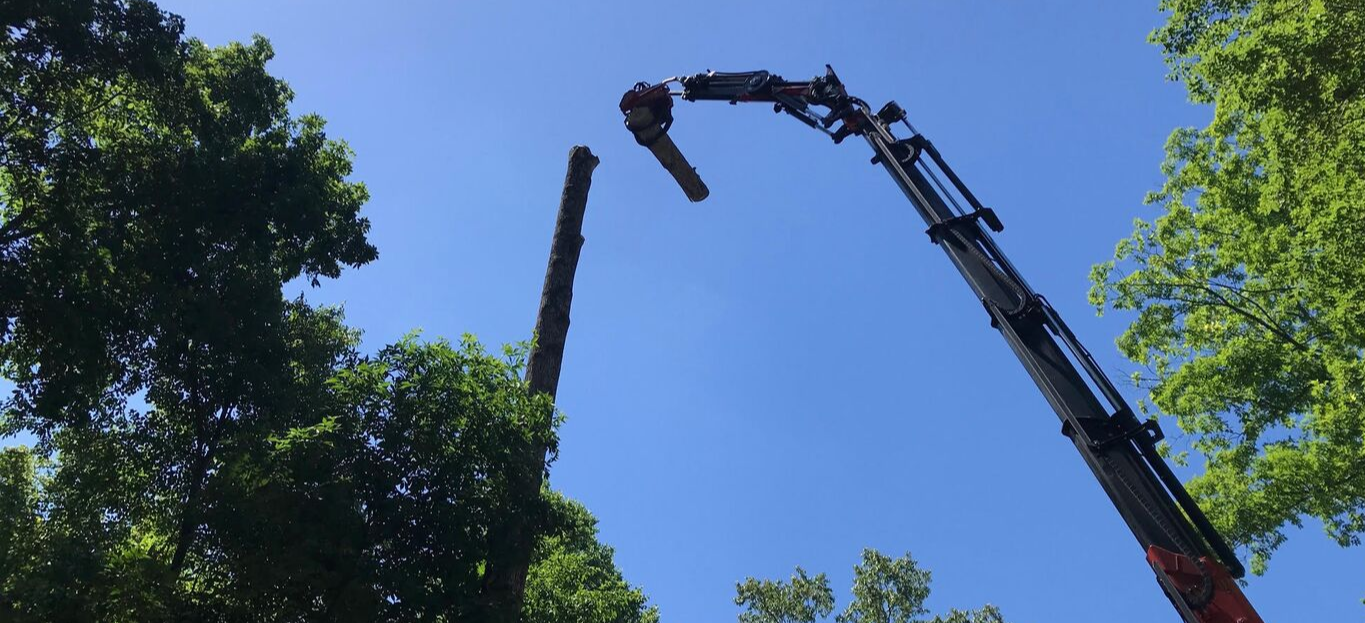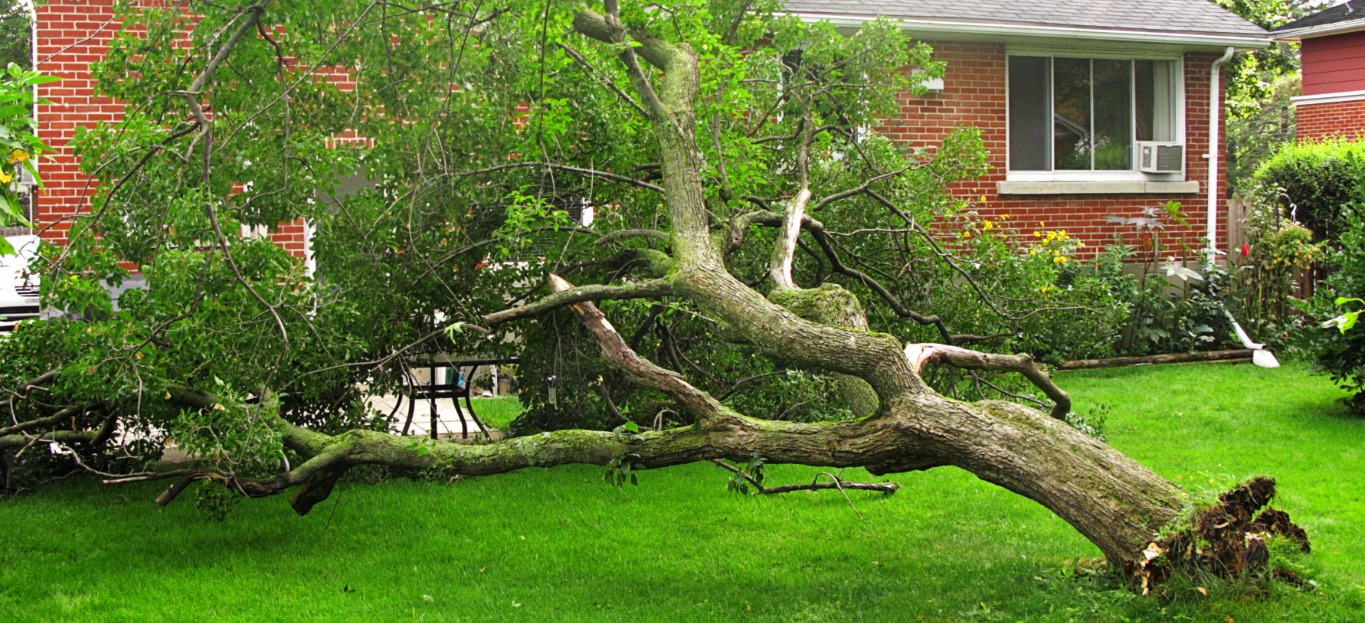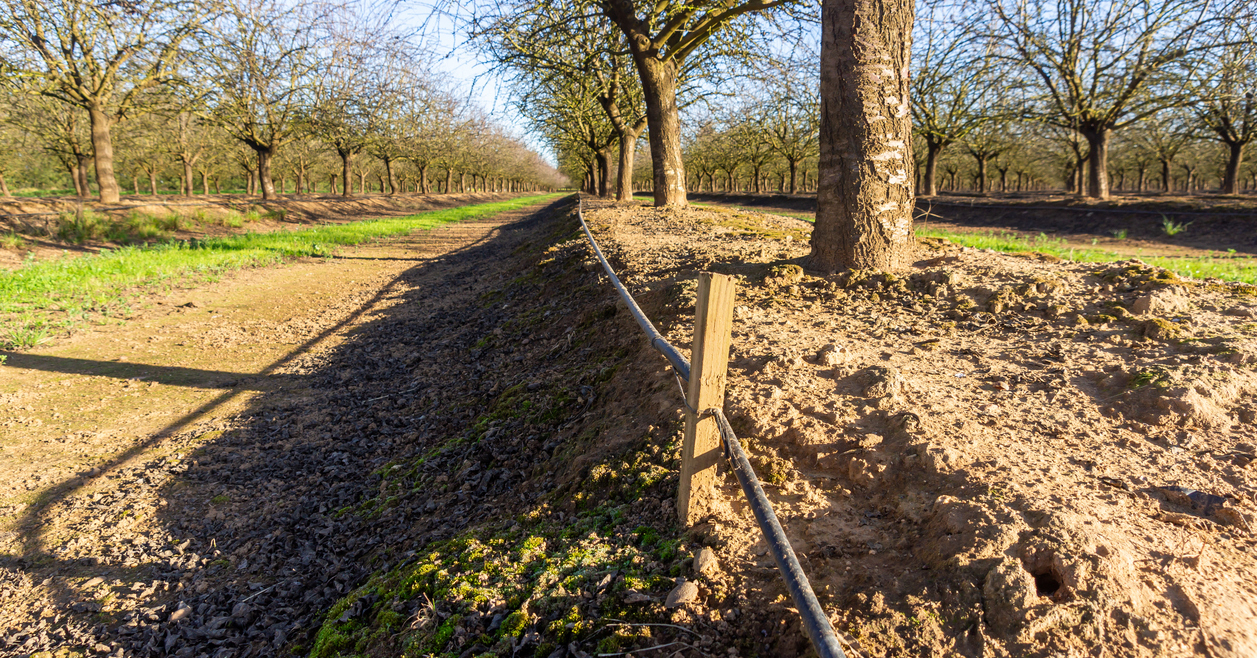When It Rains, It Firs: Storm Damage Prevention
Whether it’s hailstones flying from the heavens or winds blowing like nobody’s business, weather can wreak some serious havoc on trees. From fragile willow saplings to hardy oaks, if your trees are hit by a storm, you should always try your best to make sure you and your home are ready for the worst. Use the valuable information we’ve assembled below to learn how you can stay prepared for whatever woes the weather may bring.
Six Types of Tree Damage
Although storms can be unpredictable, knowing the types of storm damage beforehand can help you be better prepared for any incident.
According to the University of Georgia’s Warnell School of Forest Resources, there are six types of tree damage:
- Lightning
- Branch failure
- Root failure
- Blow-over
- Crown twist
- Stem failure
Out of the 6 listed above, lightning is the most dangerous type of tree damage. If a tree is struck by lightning, the resulting current travels through the entire tree system, ending at the roots and destroying the tree’s tissues with a mixture of electricity, steam and heat. Trees that have been damaged by lightning will often experience water loss, further escalating the downfall of the plant. Furthermore, pests are drawn to a lightning-damaged tree like sap collectors to seeping maples. Unfortunately, because most of this takes place internally, it’s often difficult to identify the extent of the damage by just looking externally. Sometimes trees can begin to die without significant damage having occurred aboveground.
Branch, root and stem failure resulting from storm damage can create irreversible devastation throughout the entire structure of a tree. Additionally, without sturdy roots, life-providing branches or a sturdy stem, a tree cannot thrive. As for blow-overs and crown twists, these types of damage often stem from failures in another part of the tree. For example, a tree with a weakened root system will be more apt to toppling during a blow-over.
Nipping Tree Damage in the Bud
Proper pruning, the careful and selective removal of certain parts of the tree, can help resolve tree damage problems. Knowing whether you have spruce, sycamore, pear or pines, is also an essential part of determining how to reverse tree damage and prevent it. You can install preventative measures, such as lightning protection systems, if you are particularly keen to keeping your trees upright and healthy. Finally, subscribing to a regular routine of watering, fertilizing and pest control can help keep your trees in tiptop condition by. If you would like professional assistance in maintaining the specific types of trees in your outdoor space, contact Premier Tree Solutions at 404-252-6448 or online.


